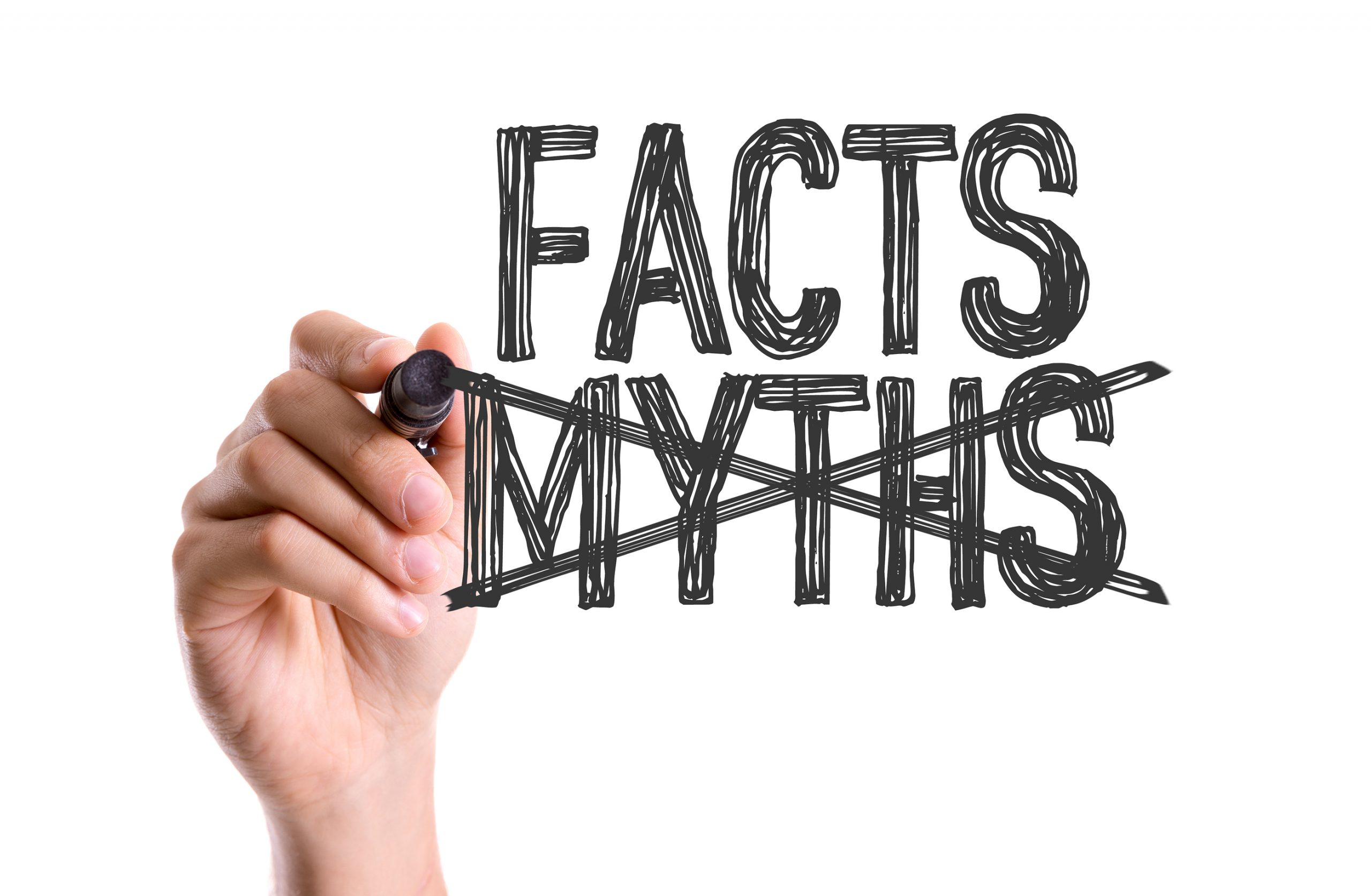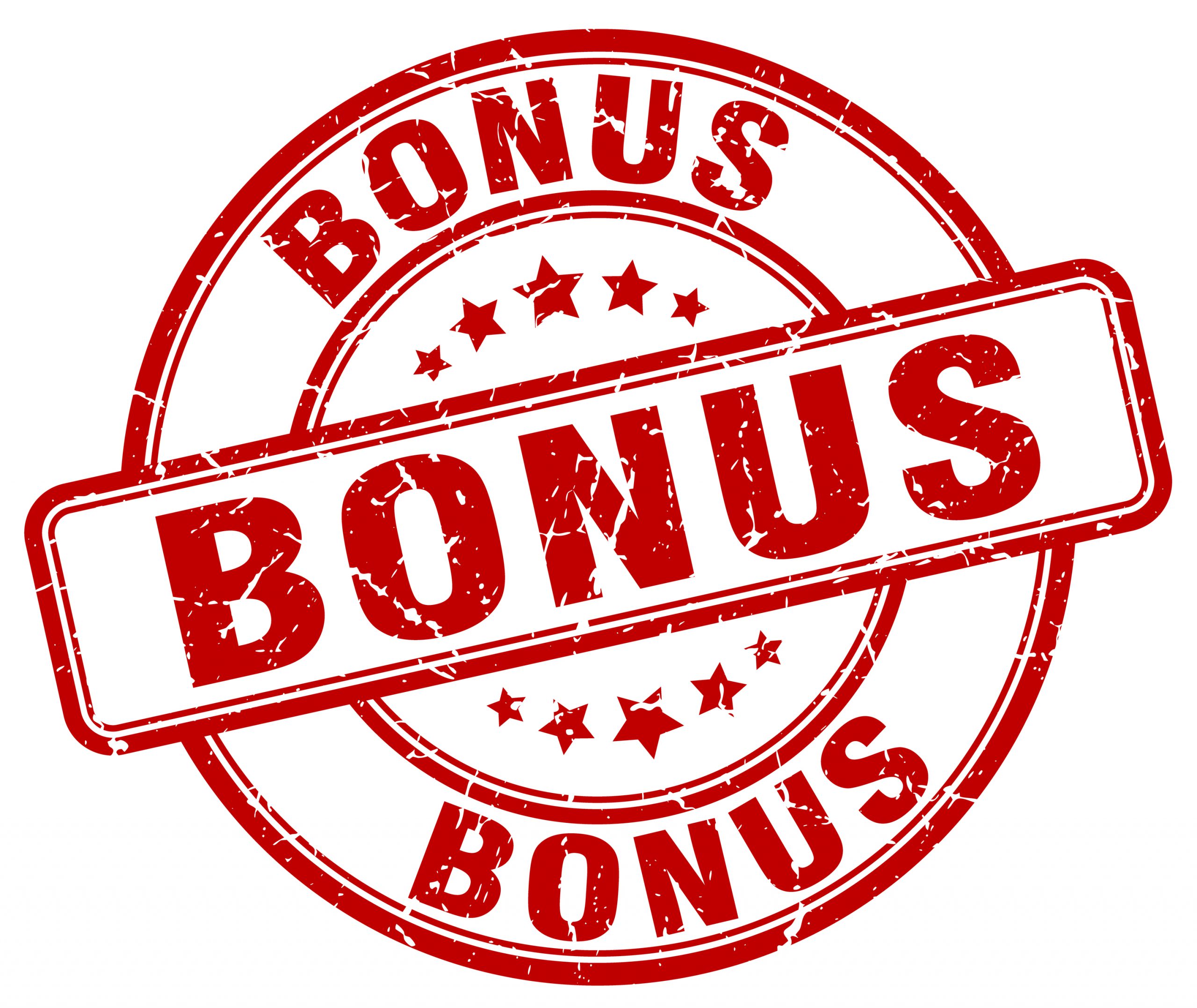
A B2B Facebook marketing strategy that works: 3 myths busted about Facebook ads
“Really… a B2B (business-to-business) Facebook marketing strategy? Pfft, everyone knows B2B businesses can’t generate leads on Facebook.”
If you had asked me even 3 years ago about Facebook advertising as a B2B marketing tool, this is exactly what I would have said. And I couldn’t have been more wrong.
The truth is, Facebook is a secret goldmine of B2B leads just waiting to be unearthed… if you know how to work it. And in this article, we’ll show you exactly how to make that happen.
First, we’ll discuss 3 lies you’ve probably been told about Facebook for B2B that are holding you back from hitting Facebook paydirt. Next, we’ll tackle the LinkedIn vs. Facebook question and explore whether you need both in your campaigns.
Then, we’ll dig into B2B Facebook best practices for creating a winning B2B Facebook marketing plan. We’ll share specific examples, ideas, tools, tips and tactics you can start using right now to generate more B2B leads.
3 myths about Facebook marketing for B2B

If you haven’t already started your B2B Facebook advertising campaign, what’s been holding you back?
If you’re like me, it’s probably one of these 3 heinous myths that we marketers keep falling for about Facebook’s ad platform:
Myth #1 – Businesses aren’t looking to buy stuff on Facebook
Of course they’re not. No one’s looking to “buy” anything on Facebook — they’re looking to be entertained, distracted, un-bored.
But do Facebook marketers make money hand-over-fist? You bet. See, there’s a reason Facebook’s ad revenues continue to grow year-over-year. Think that would be happening if advertisers weren’t seeing a return on their investment?
Look, there’s a unique science to every advertising platform… a “code” that you have to crack. Facebook isn’t Google AdWords, so the “code” is completely different, particularly for B2B. And for the code-crackers, that’s good news — because less competition = more profit.
So you’re probably asking… what’s the B2B Facebook marketing code? Read on, young padawan.
Myth #2 – My prospects aren’t on Facebook
Ah, yes… the “special snowflake” syndrome of B2B marketing. Name a platform, be it Google, Facebook, LinkedIn, Twitter, whatever — and naysayers will argue that you’ll never find their customers using that platform.
Hey, I get it. Your customers are unique. And that’s especially true when your clients are in a niche B2B audience. You want to go where the money is.
But the numbers don’t lie. In Q1 2017, Facebook hit a record a high of 2.2 billion users. With the world population being 7.4 billion, that’s a good chunk of the general public on Facebook.
(Note: At the time of this writing, my own Mom joined Facebook literally two weeks ago — and now she’s using it all the time.)
It’s possible that your clients aren’t on Facebook… but it’s not likely. (And if they’re not on Facebook now, they probably will be soon.)
Myth #3 – You can’t measure anything that matters on Facebook
The most horrible myth of all! Many people believe that Facebook only allows you to track fluffy “engagement” metrics such as likes, comments and shares.
This couldn’t be further from the truth. Facebook’s conversion tracking is robust! It allows you to measure user actions on your website that actually contribute to bottom-line growth, whether that’s email signups, leads, or online sales.
And with the Facebook pixel, it’s never been easier to get Facebook conversion tracking rocking and rolling on your site. Even better, Facebook’s algorithm lets you automatically optimize your ads by showing your ads to people most likely to convert on your offer based on their demographics and previous behavior.
You can market to people who have visited your site already or a specific article. You can market to people who are on your email list. You can even market to an audience of similar people created based on the demographics and behavior of a group that have already converted (this is called a “lookalike audience”) — we’ll talk more on these later, Are you seeing how you can use Facebook for B2B lead generation?
LinkedIn vs. Facebook for B2B (& why you should use both)
“Shouldn’t you just use LinkedIn for B2B instead of Facebook? Isn’t that where all your buyers are anyway?”
Good question… on the surface, that would seem to be true, right? But when you compare the two platforms side-by-side, the benefits of Facebook for B2B lead generation are hard to ignore.
B2B LinkedIn ads
Here’s what’s great:
- 100% B2B-focused platform
- Rich B2B ad targeting options (e.g. company, job title, seniority, etc.)
- “Lead ads” that drive conversions directly from LinkedIn
And here’s what sucks:
- Fairly new conversion tracking (embarrassing!)
- Limited B2B retargeting / remarketing features
- Tiny industry averageRelatively abysmal click-through rates (.025% is average)
- Smaller user base
- High costs-per-click
Facebook ads for B2B marketing
Here’s what’s great:
- Seamless conversion tracking via the Facebook pixel
- Robust remarketing, retargeting & custom audience targeting features
- Decent click-through rates (.18% on average)
- A large, growing user base
- Low cost-per-click
- No minimum to spend to access features
- “Lead ads” that drive conversions directly from Facebook
- An algorithm that optimizes itself to make you more money
And here’s what sucks:
- Platform is not B2B-centric, ergo…
- B2B targeting options are somewhat less robust (though there are creative workarounds)
Now we’re not trying to knock LinkedIn — it’s still a no-brainer platform for B2B. But you can see from the pro / con list above how more much development has gone into Facebook’s ad platform.
So if you can afford it, you should use both platforms to maximize your results. Just keep in mind that LinkedIn, while a great B2B platform, has a ways to go as a marketing and advertising platform that’s measurable and ROI-friendly (like Facebook).
But with an effective LinkedIn B2B marketing strategy, like we’re using, you can start seeing results even now.
The 3 phases of a successful B2B internet advertising campaign (on Facebook)

When it comes to creating a Facebook marketing plan for B2B, you can’t just take a “wham, bam, thank you ma’am” approach with your prospects. You’ve got to wine and dine ‘em, show ‘em how much you care… and (most importantly) why you’re the only one for them.
Successful Facebook B2B lead generation comes down to moving your prospects through a B2B Facebook funnel that consists of 3 phases, representing 3 types of B2B Facebook traffic:
- Cold traffic (awareness): You can call it “brand recognition” if you like, but here’s the facts. People buy from people they know, like and trust. Before you can sell to ‘em, you gotta let ‘em know who you are and how you can help them. So the goal of this phase is to get into your prospect’s brain and get past all their mental “filters”.
- Warm traffic (consideration): Now that they know you, they can start to consider you as a solution to their problem. Here’s your chance — hit ‘em with content and offers that show a path to salvation… with your solution at the end of that yellow-brick road.
- Hot traffic (decision): Time to seal the deal. This is where you get your prospect to complete that online purchase or hop on the phone with a sales rep. (Hint: Strong calls-to-action buffered with loads of social proof and credibility are your friend here.)
Follow this B2B Facebook marketing framework and you’ll drive real results. Ignore it at your own peril (and expense).
Your 5-step B2B Facebook marketing strategy blueprint for total world domination

Starting today, there are 5 specific action steps for an effective B2B marketing plan with Facebook. You’ll have leads rolling through like bowling balls in a bowling alley.
As we walk through these steps, we’ll discuss unique ways you can target, engage, and convert the 3 types of B2B Facebook traffic (cold, warm, and hot).
Important note: Truly great B2B Facebook campaigns don’t live in a silo. So as you go through the steps, you’ll learn how to integrate Facebook with your other B2B digital marketing channels, including content marketing, email and more.
Ready to rule your B2B world with Facebook ads? Great, let’s get started.
Step 1 – Target your market
Here are four ways you can get high-quality, cold B2B traffic flowing, from broader targeting methods to more laser-focused ones.
(Note — if you already have a decent amount of “warm” and “hot” traffic coming to your site, you can also start targeting prospects by using the methods described in step 3.)
Interest / demographic groups: While this is the broadest way to target a B2B audience, it can be effective if you deeply understand the demographics / psychographics of your buyers. What books do they read? What influencers do they follow? What are their income levels? With what organizations are they involved?
Create different audiences based on these “themes” & you can test which ones engage with your sponsored content.
Company / role targeting: Did you know that Facebook has B2B targeting options? It’s true — you can create audiences of users that work at specific companies, have specific job titles and more.
(Note: If you have a “dream” list of companies you are targeting, this can be a powerful account-based marketing tactic to weave into your campaign.)
Custom audiences: This is truly the “gold standard” for B2B. Custom audiences allow you to upload acquired lists of your target prospects’ emails or phone numbers. Facebook then matches those to user profiles & creates an audience of those users.
Average email-to-user match rates are about 60-80%, but you can expect lower rates for B2B contact info. Use B2B marketing tools to match your existing B2B contact data to personal data in order to increase your audience match rates.
Lookalike audiences: Once you have an audience that’s getting some initial traction, you can expand your reach by creating a “lookalike” audience based on your successful audience’s demographic attributes. This can be a fast, powerful way to scale your successful Facebook campaigns.
If you have a large enough universe of current customers (say, 100+) you can also generate a lookalike audience based on your existing customer list. This can be a quick n’ dirty way to get an audience with high engagement rates right off the bat.
Step 2 – Promote your content
Now it’s time to turn on the taps. Create ads that start driving clicks from your audience to content assets you own (i.e. that live on your website.)
Right now, your goal is twofold:
- Make cold prospects aware of your brand and message
- Give prospects valuable info, so they start salivating for more
And that’s it. Unless your B2B offering is at an extremely low price point (<$100), it’s unlikely that going straight for the close will work with cold traffic. It’s just not gonna happen. Instead, do this:
Get the clicks and figure out what sticks.
In other words, what ads do your prospects click on? What types of content engages them the most? Do certain audiences drive more engagement / conversion than others?
While you can (and should certainly try to) start collecting emails at this stage, it’s not required. That’s because the beauty of the Facebook pixel is that it allows you to build lists off of your website visitors and their level of engagement with your website.
Here are some types of content you can start sending your cold traffic to today:
- Blog posts: Send your prospects to posts that speak to their biggest pain points and offer a crunchy solution they can actually implement. Use data throughout your post to back your ideas — you’ll build credibility and your B2B audience will start to fall in love.
- Video: Wanna cut through the noise? Nothing packs the one-two punch of delivering both your brand personality and value proposition quite like video. Test running video ads on Facebook and use them on your landing pages for a healthy conversion rate bump.
- Lead magnets: If you want to collect emails directly from cold traffic, this is the way to go. Offer a crunchy, valuable content asset (eBook, white paper, step-by-step-guide) in exchange for their email. Use a squeeze page to collect as many opt-ins as possible. As a refresher, a squeeze page is a page dedicated to getting users to give you their information.
- Surveys: Asking the right questions can make you rich. Just ask Ryan Levesque, who created a powerful system for using surveys to simultaneously understand your market and craft offers that compel them to action. Not only does a good survey drive initial engagements & email signups — it can also be the key to unlocking what offers or messaging will drive B2B prospects deeper into your Facebook funnel.
Test different types of content to see which type drives the most engagement from qualified B2B prospects.
Step 3 – Segment & retarget engaged visitors
Ready to crank up the temperature on your cold traffic? This is where it gets fun…
Once prospects have visited your website, you can start to retarget them with ads. You can target them based on what pages they visited (colder) and whether they converted on one of your offers (hotter).
The goal here is to make prospects that are aware of your brand interested in your product offering.
Here are 2 easy steps to turn up the heat:
- Take your “website visits” list and splice it into different audiences based on engagement. You can splice by type (e.g. blog post vs. landing page) and/or by engagement (did they view a video? Did they convert on an offer?)
- Create ads and offers based on the “temperature” of each remarketing audience. For example, the ads you serve to audiences that haven’t given you their email yet will be much “higher” funnel (i.e. ask for less information / commitment) than those that have already filled out 3 forms on your website.
If an audience hasn’t opted in to your email list yet, you may want to send them to a lead magnet squeeze page. For those already in your email funnel, you want to offer something that makes that warm audience even hotter.
For example, a B2B SaaS company may offer a demo or free trial of their product. A professional services firm might offer an educational webinar or an invite to an exclusive event at their office. Again, test different offers to see what resonates best with your audience.
Would you like to see a more in depth breakdown of our b2b retargeting best practices? (You would not be the first to ask!)
Step 4 – Nurture your funnel
Because B2B sales cycles can take a long time, you need to have a plan to nurture your B2B funnel over a series of weeks & months.
Over time, you want to continually collect information from your prospects (ideally using a marketing automation tool like HubSpot or Marketo). You need to do this for two reasons:
- To bake out your prospect’s “profile” to better market to their pain points (and make your sales team’s job a heckuva lot easier)
- To get “micro-commitments” from the prospect that make it easier for prospects to say “yes” to you (and eventually to doing business with you).
Here are 3 B2B marketing tactics that will help you nurture your leads and boost the impact of your Facebook advertising efforts:
- Send a series of offers: Fact: every offer will not appeal to every member of your audience. Some prospects prefer to watch webinars, while some prefer whitepapers. Timing matters too — just because tomorrow at 10:00 AM is a bad time to watch your webinar, doesn’t mean next week won’t be a better fit for that prospect.
- Align email & facebook marketing: Get your “narrative” straight with your audience — what you say and what you offer should match on both your Facebook ads and email messages. Not to mention tone, branding, etc. Because in the customer’s mind, consistency = clarity… and clarity = conversion.
- Supplement with other channels: To win in B2B, you need to “surround” your customer from all angles to really get in their head. Budget permitting, supplement your Facebook advertising efforts with other B2B channels. AdWords customer match, Gmail ads, AdWords retargeting, and LinkedIn ads could all provide a powerful lift to your overall B2B conversion rates.
Over time and with lots of persistence, the “temperature” of your B2B prospect universe will continue to rise.
Step 5 – Go for the close
This is where things get “hot.”
Build audiences around prospects that have shown both awareness and consideration of your solution through the offers they’ve converted on. Then, focus all your efforts on getting them to take an action that moves them directly into your hot sales pipeline.
Your goal here is to get them on the phone with the sales guy that can close them as a customer.
To accomplish this, target audiences that have viewed your webinars, signed up for product demos / free trials, come to live events or completed other promotional offers that signal intent.
One great tool Facebook has for converting B2B prospects is “lead ads” that allow you to collect prospect info directly from Facebook.
This removes a step the users have to take and reduces potential drop off from a slow-loading site since you’re using Facebook’s website hosting to load the opt-in page.
You can also use squeeze pages with a “bottom of the funnel” offer like a free consultation or custom quote.
Protip: If you use squeeze pages, you can incorporate website personalization to boost your conversion rates on hot traffic. Incorporate personalization tokens on your landing pages related to your prospect’s pain points (which you were collecting data on in step #4).
Finally, there’s a wellspring of “hot” traffic you may already be sitting on… existing customers that are due for a cross-sell. Create a custom audience of your customers from your existing email lists. Then, use exclusive offers (such as informational webinars) to introduce new products and services to them.
3 BONUS tips for B2B Facebook marketers

So, excited to launch your B2B Facebook campaign? We’re excited for you. We also know from experience that it’s not going to bear fruit tomorrow… but the right approach can grow your returns exponentially over time.
Here are 3 B2B Facebook tips that will help you overcome campaign hurdles, accelerate results, and keep your head screwed on straight as you’re gunning for that coveted Facebook ROI:
1) Optimize your funnel over time
Once you’ve built your B2B Facebook funnel, it’s easy to sit back, and rest on your laurels. But that’s a great way to get weak results.
Constantly tweak and test — ask yourself… What types of ads convert at each stage of the funnels? What offers are working best for my audience? What new offers could we test?
By simply not being lazy, you’ll smash 95-99% of your competition.
2) Get your inside sales team in the mix
If you’re in B2B, your inside sales team should be calling on your prospects… period.
The key is to match the sales message to the funnel stage: “cold” prospects should be gently warmed up with friendly outreach and personalized content. “Warm” prospects should be driven to webinars, trials and other offers. “Hot” prospects must be closed and are your sales team’s #1 priority.
Have your marketing team share prospect data with sales so they can prioritize and maximize the effectiveness of their call lists.
3) Play the long game
Between long sales cycles and multiple decision makers, B2B can be one helluva grind. It’s important to take the long view and understand that your campaigns won’t succeed overnight (or without the aid of other channels).
So prepare to invest time and budget over a longer period to see the best possible results from your campaigns.
Conclusion
B2B marketing on Facebook is growing every day. Are you going to miss this gold rush?
Implementing a successful B2B Facebook marketing strategy is no walk in the park. But with this framework, you can start building a B2B Facebook machine that serves up leads like hotcakes.
Whether you’re a small business or a mid-to-large size organization, Facebook can work for you. We’ve tested it ourselves many times over the years for our social media PPC services.
So put this B2B Facebook marketing plan to the test — I think you’ll be pleasantly surprised by the results.
Have you implemented a B2B Facebook strategy for your company? If so, what were the results? Any important insights we missed? Let us know in the comments.
Interested in learning more about us? Reach out to us if you have questions.
Or download our case study on how we got 1,357% more leads for a B2B client.
Read about the top B2B digital marketing trends
View all posts filed under “Social Media”
Most newsletters suck...
So while we technically have to call this a daily newsletter so people know what it is, it's anything but.
You won't find any 'industry standards' or 'guru best practices' here - only the real stuff that actually moves the needle.






